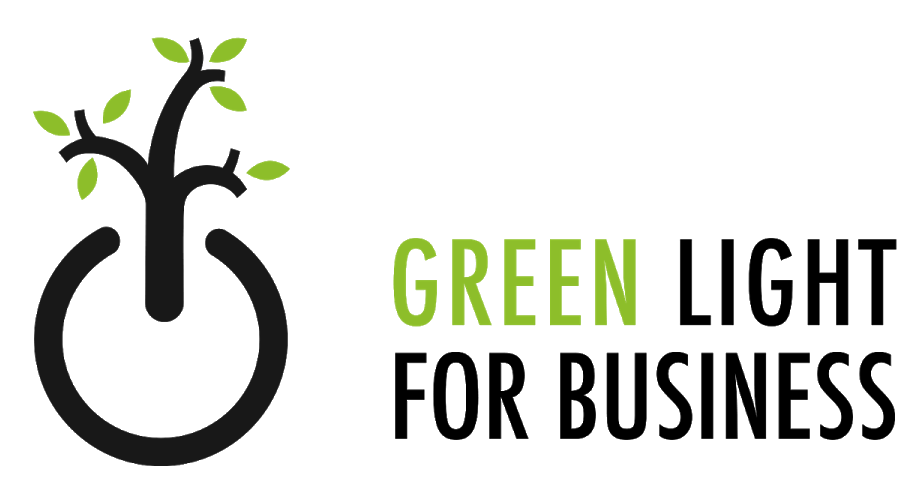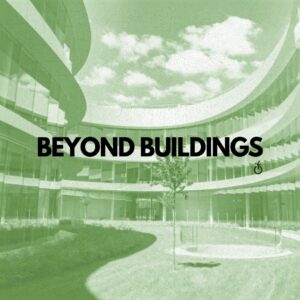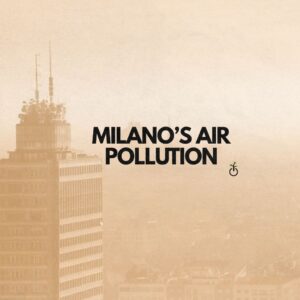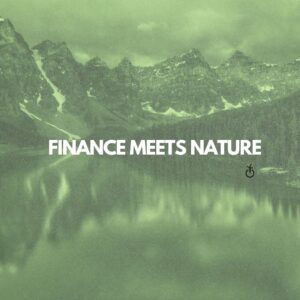“Urban reforestation is at the center of international debate and is particularly relevant for Milan, a city that wants and has to offer more and more greenery.” – Lorenzo Bertelli, head of CSR – Prada Group.
The climate crisis’ consequences affect both nature and our everyday existence. Among the far-reaching impacts of global warming and extensive urban development is the formation of heat islands in urban areas. Modern structures like warehouses and infrastructures such as roads act as thermal absorbers, retaining the sun’s heat and releasing it during the night, surpassing the heat retention of natural landscapes like parks and ponds. In cities with limited green spaces, these urban areas become ‘heat islands’, where temperatures are significantly higher than in nearby regions with more vegetation.
Urban areas experience elevated temperatures due to several factors. First, the reduction of natural landscapes in urban spaces, characterised by the scarcity of trees and water bodies, diminishes the cooling effects provided by shade, transpiration, and evaporative processes. Additionally, the prevalent use of human-made materials such as tar and roofing in urban environments exacerbates the heat island effect. These materials reflect less solar energy by absorbing and emitting more heat compared to natural surfaces. The accumulation of heat throughout the day is further intensified after sunset as urban materials slowly release stored heat. Weather conditions and geography also play pivotal roles in heat island formation. Calm and clear weather maximises solar energy absorption, while strong winds and cloud cover suppress heat islands. Moreover, geographic features, like nearby mountains, can influence wind patterns, either blocking or facilitating the dispersion of heat within a city.
Strategies to fight against heat islands include increased tree and vegetation cover, alongside the implementation of green roofs. Elevating trees and vegetation density contributes to the moderation of surface and air temperatures, utilising the natural mechanisms of shade provision and cooling through evapotranspiration. Moreover, these elements play a crucial role in reducing stormwater runoff and preventing erosion. Simultaneously, the cultivation of a vegetative layer on rooftops, known as green roofs or rooftop gardens, serves to lower both roof surface and ambient air temperatures while effectively managing stormwater.
Milan is not exempt from this problem. When inspecting the heat map of Milan one can clearly see a difference between the different areas of the city. Areas such as railways, roads and markets have a much higher surface temperature than parks and greener areas such as Parco Sempione, Parco Ravizza, and Bosco Verticale. Luckily for all of us living in Milan the local government is not ignorant to the problem and have started planting trees to attempt to lower the surface temperature – this initiative is called Forestami.
Forestami, is a collaborative initiative led by the Metropolitan City of Milan, the Municipality of Milan, the Regional Council of Lombardy, Parco Nord Milano, Parco Agricolo Sud Milano, ERSAF (Regional Agency for Agricultural and Forestry), and Fondazione di Comunità Milano, strives to plant 3 million trees by 2030. The project aims to purify the air, enhance living conditions in the broader Milan area, and counteract the impacts of climate change. Rooted in research conducted by the Polytechnic University of Milan (Politecnico di Milano) and supported by the Falck Foundation and FS Sistemi Urbani, Forestami represents a strategic vision for the role of green spaces in the metropolitan region. Through collaboration, the promoters are working to identify, enhance, and implement green infrastructures with trees, fostering urban forestry projects and policies, as well as the development of a Metropolitan Park in Milan. This ambitious endeavour encourages the active participation of citizens, public entities, associations, and private companies, uniting efforts to address climate change’s effects and create a positive impact on both the present and future generations in the Metropolitan City of Milan.
The project which was launched in 2020 aims to plant 300,000 trees a year and is seen as the most ambitious urban greening project in the world. This isn’t the only greening project in Milan – the architect Stefano Boeri has pioneered the use of trees on buildings with his bosco verticale concept. His first tree-clad apartment block opened in Milan in 2014. And as seen on the heat maps it has worked. Bosco Verticale and the surrounding areas have a lower surface temperature than urban areas without significant greenery. Another benefit to Milan’s planned proliferation of trees would be the positive effect it would have on air quality. Currently Milan’s air quality is 4 times worse than the WHO’s prescribed limit.
Forestami is an ambitious project that can seriously improve the quality of inhabitants’ life.
Reducing surface temperatures in a scorching city and cleaning the air is a net benefit and we can be proud that Milan is pioneering this voyage into a greener, cleaner, and cooler future.
By Anastasia Binando and Valerio Costa




